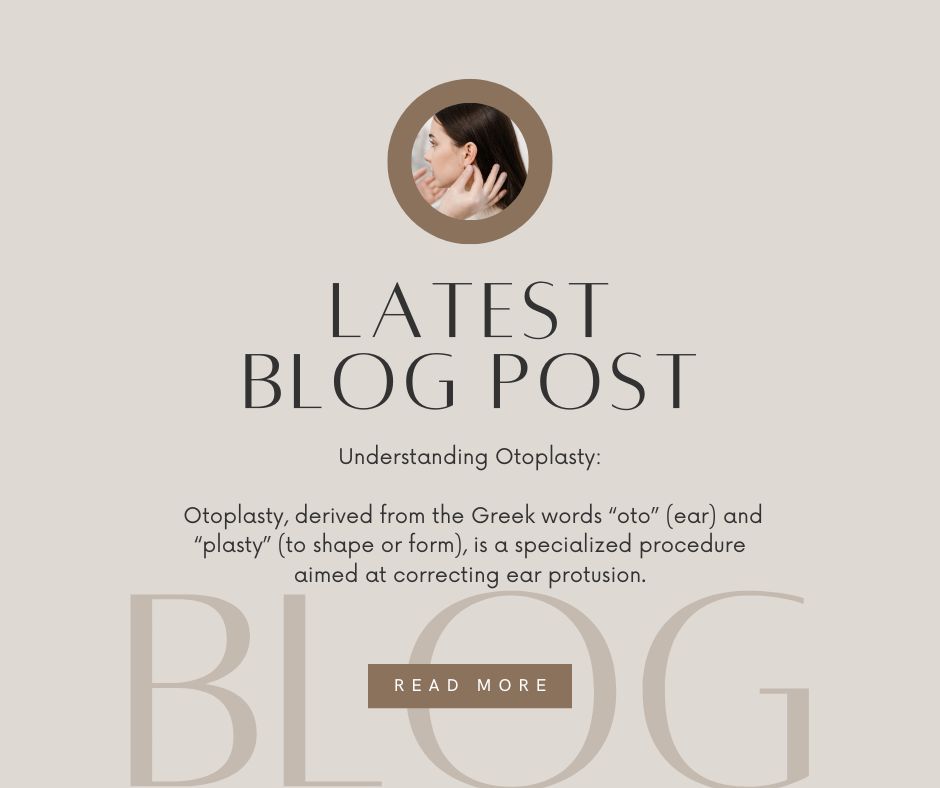
13 Sep Understanding Otoplasty: Ear Reshaping at Dr. Shaun Parson Plastic Surgery & Skin Center
Understanding Otoplasty: Ear Reshaping
Otoplasty procedure can be life-changing for people Otoplasty, derived from the Greek words “oto” (ear) and “plasty” (to shape or form), is a specialized procedure aimed at correcting ear protrusion. Commonly known as “ear pinning,” this surgery helps reposition ears closer to the head, providing a more natural appearance.
The Anatomy of Ear Protrusion
Typically, a normal ear protrudes about 15 degrees or 1.5 cm from the side of the head. The helical rim, the outermost structure from where the ear meets the head to the earlobe, should be visible from the front. An exception to this is the antihelical fold, which may naturally protrude slightly, preventing the entire helical rim from being visible.
Causes and Treatment of Ear Protrusion
Ear protrusion usually results from one or more of the following:
- Lack of a Well-Formed Antihelical Fold
- In a normal ear, the antihelical fold appears as a crisp “Y.” In protruding ears, this fold is often less defined. Surgeons can create this fold using sutures to reshape the ear and move it closer to the head.
- Deep Conchal Cup
- The conchal cup, formed by the cartilage around the auditory canal, may be too deep. This part of the ear fills with water if you turn your head sideways in the shower. Reducing the depth of the conchal cup by resecting the rim can decrease ear protrusion.
- Excessive Distance Between the Concha and the Head
- Although a smaller factor, the distance between the concha and the side of the head can contribute to protrusion. Sutures can help bring the concha closer to the head.
The Otoplasty Procedure
During your consultation at Dr. Shaun Parson Plastic Surgery & Skin Center, the surgeon will take a thorough medical history and perform a physical examination. They will discuss any health issues that could affect the outcome and set realistic expectations. If you are deemed a good candidate, the otoplasty procedure will be scheduled.
One advantage of otoplasty is that the incision is typically made on the backside of the ear, making it less visible. Different techniques and additional small incisions may be used depending on the specific case.
Results from otoplasty generally last a long time. However, because cartilage has “memory” and can try to revert to its original shape, some patients may experience slight repositioning of the ear, which can be corrected surgically if necessary.
Most patients can return to work or school within a week. A compression-type bandage or headband is usually recommended for a few weeks, especially at night, to support the new ear position.
Ideal Timing for Otoplasty
Surgeons prefer to perform otoplasty when the ear has grown sufficiently to make the procedure easier, typically between ages five and eight. This timing also helps avoid potential teasing during school years. However, otoplasty can be performed on teenagers and even adults who did not have the surgery earlier.
A Life-Changing Procedure can be otoplasty
Otoplasty can have a profound impact on a patient’s self-esteem and confidence. Many patients and their families experience emotional moments when bandages are removed, revealing the transformed appearance.
For more information, consult a board-certified plastic surgeon at Dr. Shaun Parson Plastic Surgery & Skin Center. Our team is here to answer any questions you may have about the procedure and guide you through the process. For more information click here.
National article about otoplasty here.
